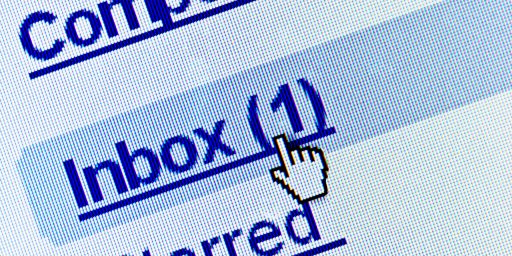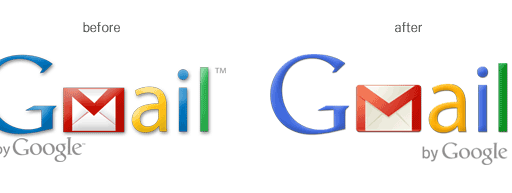Spam Volume Rises But Annoyance Fades
Helen Leggatt reports on a recent Pew survey that found people are getting more spam but finding it less problematic than ever before.
Thirty-seven percent of the U.S. email users said they received more spam in their personal email inboxes than a year ago, but half say they hadn’t noticed a change in the volume of spam they received. Users are savvier and are using filters and common sense to filter out the spam with 71 percent using a filter provided by their email providers or employers, up 6 percent from 2005.
Most interestingly, perhaps, is that users nowadays aren’t perceiving spam as such a big problem as they did a few years ago. Pew’s recent survey found that 28 percent didn’t see spam as a problem at all, compared with 16 percent in 2003 and that over half, 51 percent, found it annoying but not a big problem.
All this may have something to do with the drop in pornographic spam. In a 2003 survey, 71 percent said they received pornographic spam whereas the most recent findings show this has dropped to 52 percent.
Filters have made spam of all types much more manageable, to be sure. Indeed, I’ve got 2145 messages in my Gmail spam filter; I only saw perhaps a hundred of those and I marked most of them as spam without opening the message. Similarly, WordPress finds thousands of spam comments and trackbacks on my sites every week and my main chore is a quick scan to release false positives a couple times a day; there are now more of those than actual spam that gets past the filter.
Beyond that, though, we’ve just become desensitized to spam, which we now see as one more annoyance of daily life. My guess is that we’d see similar results on, for example, a survey on people’s perceptions of foul language or sexual innuendo. Those things are almost certainly more common now than they were five years ago, much less twenty. They’re now much less likely to be seen as a “big problem,” though because we’ve simply adjusted to it. Whether that’s a good thing, or merely the way it is, is a matter of opinion.






My e-mail provider’s spam filter is so good that I virtually never see spam anymore. I’d say the filter fails on an average of one message a week. If I see two spams in a week’s time, I get verrry annoyed.
In my case, the volume (that I actually see) is way down. I assure you my annoyance level has not faded one bit.
I still see daily one or two spam messages that get through the spam filters of my various e-mail accounts.
Blog spam, on the other hand, is increasingly a problem. Again, anti-spam filters are catching most of the 3K+ daily assault, but I’m still having to deal with a good dozen or so things that leak through. And I won’t even go into pingback spam.
I also think spam filters have gotten much better at avoiding false positives. I basically never check my gmail spam filter, and I really don’t think I’m missing anything.
Same here on Gmail. Not so much Akismet, though. It does a remarkably good job of weeding out real spam but catches way too many obvious non-spam messages. For a while there, it was even catching comments from people with Editor level privileges on the site, which is just insane.
Perhaps now, by means of hiding the spam, and seeing the reaction, we have a working model for why hidden taxes, such as taxes on corporations, payroll taxes, and the like are easily tolerated; they’re never seen…. just paid for.